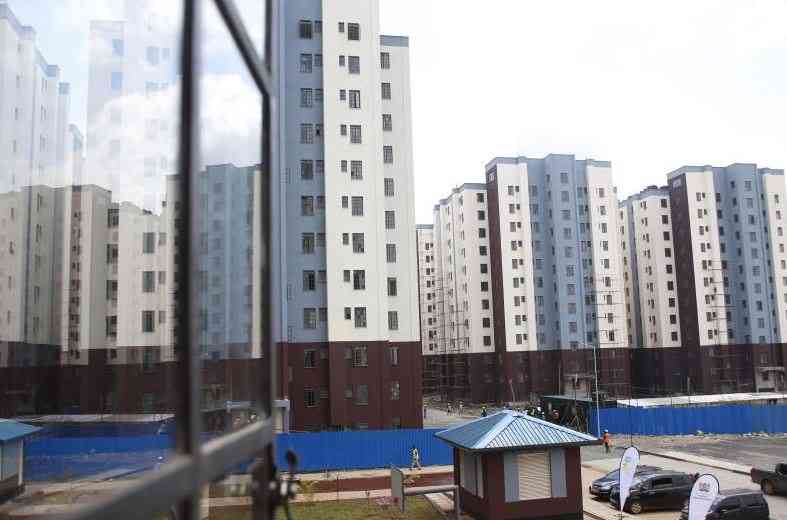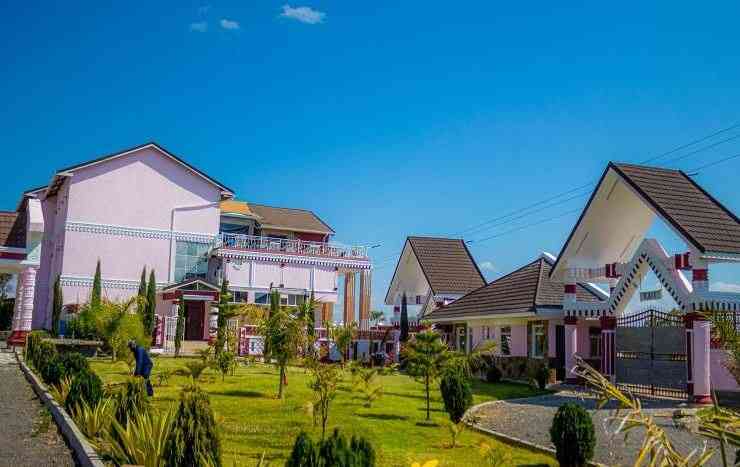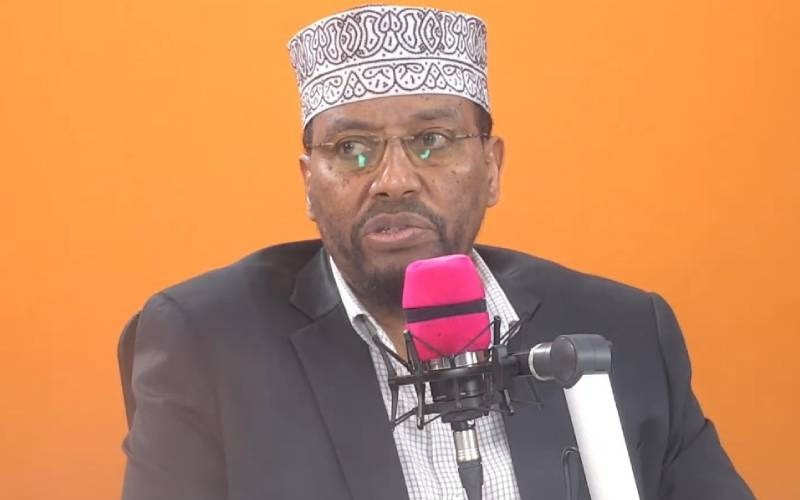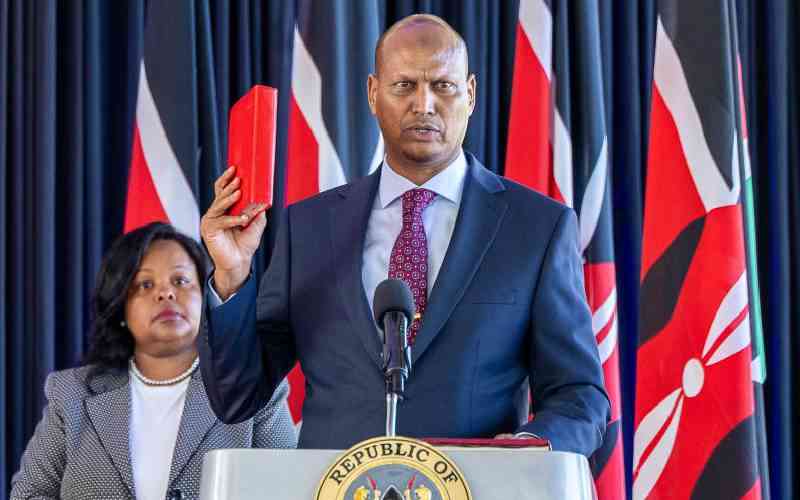
President William Ruto’s recent launch of the new Mukuru estate, hailed as a flagship affordable housing project, has been packaged with political fanfare and public optimism.
Yet, as a student of history, one must resist temptation to be swept away by announcements and architectural renderings. The story likely to unfold in a few months or years is not one of a Singapore-style housing revolution, but rather a familiar Kenyan tale: an ambitious initiative marred by poor planning, limited inclusivity, opaque financing and ultimately, capture by elite and rent-seeking interests.
To be clear, the need for affordable housing in Kenya is undeniable. Urban poverty is swelling, slums are expanding, and majority of Kenyans cannot access decent shelter in a dignified environment. Mukuru is among the most densely populated informal settlements in Nairobi, a stark emblem of our planning failures. But good intentions alone do not make a policy transformative. Neither does concrete poured without a clear socio-economic vision for the people it purports to serve.
The Singapore housing model, which Kenyan leaders often cite as inspiration, was not merely about constructing high-rise buildings for the poor. It was a deeply coordinated, long-term national development strategy rooted in integrity, efficient public administration, deliberate social engineering, and rigorous legal and institutional reform.
What Lee Kuan Yew and his People’s Action Party created through the Housing and Development Board (HDB) was not just public housing — it was nation-building through shelter. The difference with Kenya’s model lies in five critical areas.
First, the Singapore model was inclusive and meticulously planned. In post-independence Singapore, slum clearance was integrated with a mass public housing strategy backed by law, civic engagement, and technocratic discipline.
Second, Singapore used housing as a tool for national cohesion, not political patronage. The HDB operated with strict meritocratic principles, detached from ethnic, political or class favouritism. Kenya’s affordable housing programme, by contrast, already smells of political capture.
Beneficiary lists are not transparent. Mukuru’s original residents—most of whom lack formal jobs or savings—are being displaced without sufficient guarantees of return. In a few months, many will find that the “affordable” houses are priced far beyond their reach.
Third, Singapore’s housing programme was built on institutional trust and competent public service. The HDB was staffed by some of the best minds in the country, and its decisions were data-driven and public-spirited. In Kenya, public trust in housing authorities is abysmally low.
Past housing projects—such as Nyayo housing schemes—were riddled with mismanagement, corruption, and politicisation. Already, the housing levy remains unpopular, its legal foundation shaky, and its implementation marred by uncertainty and elite pushback.
Fourth, Singapore’s housing success was anchored in a comprehensive land reform strategy. The government acquired land at scale through clear laws, compensated fairly, and retained control to plan urban development. In Kenya, land remains a source of bitter contestation, corruption, and speculation. The Mukuru project, developed through public-private partnerships, is already vulnerable to market pressures and profit-driven motives.
Fifth, Singapore ensured affordability through innovative finance mechanisms grounded in public trust. The Central Provident Fund (CPF), a national savings scheme, allowed Singaporeans to finance homeownership affordably.
In Kenya, the housing levy is being forcibly deducted from salaried workers, many of whom will never qualify for the houses they are funding.
In coming months, we will likely see ribbon cuttings, glossy brochures, and political praise for the “New Mukuru.” But beneath the spectacle, the structural defects will surface. Displacement of the original residents. Inaccessibility for the informal poor. A surge in gated tenements for middle-class renters. Bureaucratic wrangling. Corruption scandals. Urban decay.
Stay informed. Subscribe to our newsletter







